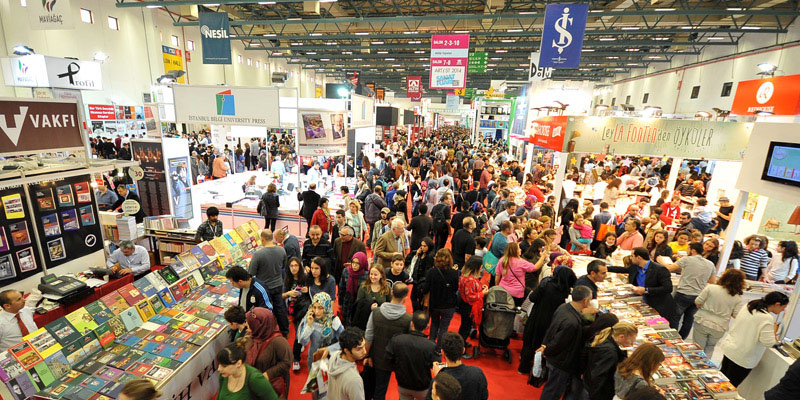As one of the founders of a digital art center that opened in 2021 in Rotterdam, The Netherlands, I was curious to know what our carbon footprint would be and how much it would take to be carbon neutral.
To give an idea: the center – a digital gallery – offers visitors a walk through about six rooms of various sizes that are fitted with heavy projectors, sensors and sound systems. Backstage are multiple computers and servers working to keep the show running: projections of animated worlds and digital art, that cover the walls and floor.
A consultancy firm, specialised in these matters, was asked to calculate the expected CO2 emissions of the center, based on 100.000 visitors for the first year. Practises, such as sorting plastics and paper waste and sustainable purchasing, had already been taken into account. The center was expected to produce 361 tonnes of CO2.
How do you make 361.000 kg of CO2 disappear, every year?
Multiple ways of doing this are being offered. For example, Stoves for Africa (greenseat.nl/en) offers the possibility of reducing CO2 by distributing efficient charcoal stoves, while also providing social, economic and other environmental benefits. Through Climate Partner (Climatepartner.com) one can invest in wind- and solar parks.
For this first year the art center decided to set off its CO2 emissions by planting trees using treesforall.nl.
These are all very sympathetic but mostly very slow ways of compensating for CO2 emissions. Have you ever watched a tree growing?
In 2005 the EU established the EU Emissions Trading System (ETS). The system covers industries with high levels of CO2 emissions, such as cement, steel and aluminium factories and power plants, which account for roughly 40% of total carbon emissions in Europe. These companies receive a certain, yearly allowance of emission rights, which can also be bought and sold on an exchange. This allowance is every year reduced. If a company’s emissions are more than the allowance, extra rights need to be bought. If a company’s emissions are less than the allowance, the excess can be sold. This way the system gives an economic incentive for these companies to reduce emissions and promote low-carbon technologies.
In the period 2009 – 2019 the price of an emission right was at an average of € 9,3 per tonne (1000 kg) and it began to look as if the system was going to fail. In 2019 the European Commission adopted the European Green Deal with the ambition that the EU would be carbon neutral by 2050. Since then, prices of emission rights have begun rising. In 2021 the price rose from € 30 to € 80 per tonne. On March 10, 2023 the price reached a peak of € 109,31. It is expected that the price of emission rights will average around € 100 per tonne in 2023. After a difficult start the system now begins to have a serious impact on these high-emission industries.
The art center decided that it is better to focus on the industries responsible for 40% of all emissions. Instead of planting trees, excess CO2 is now compensated by buying emission rights. For example, Carbon Killers (carbonkiller.org) ‘destroys’ the emission rights that are bought and so reduces the supply. The idea is, that this will drive the price up and makes the incentive for these industries stronger.
After this introduction it is time to put things into perspective.
The art center was able to claim to be carbon neutral, right from the start, by planting 975 trees at a cost of about € 6.000, including a nice certificate. This represents less than 0,25% of the annual turnover of the art center or about € 0,06 per visitor. Let’s face it: There is no excuse for businesses in the services industry to not be carbon neutral. Unless, of course, short term profitability is more important.
Compensating CO2 by buying emission rights is a bit more expensive and amounts to approximately € 36.000,- for the art center. A substantial amount, surely, but still less than 1,5% of annual turnover.
Maybe it is time for art centers and galleries to set an example: Allocate a small percentage of annual turnover to buying emission rights and proudly claim to be carbon neutral. If we then can get those law firms, banks and financial services companies on board, we can really help push up the price of emission rights and make a difference. Of course, planting trees is also an attractive alternative. Let’s hope there is enough time left for us to watch them grow.











